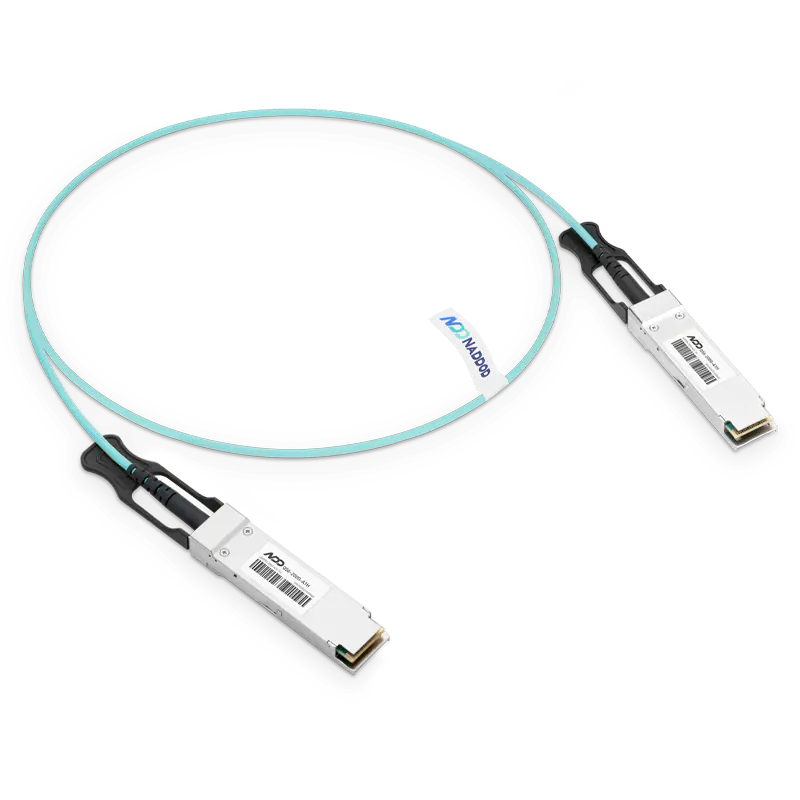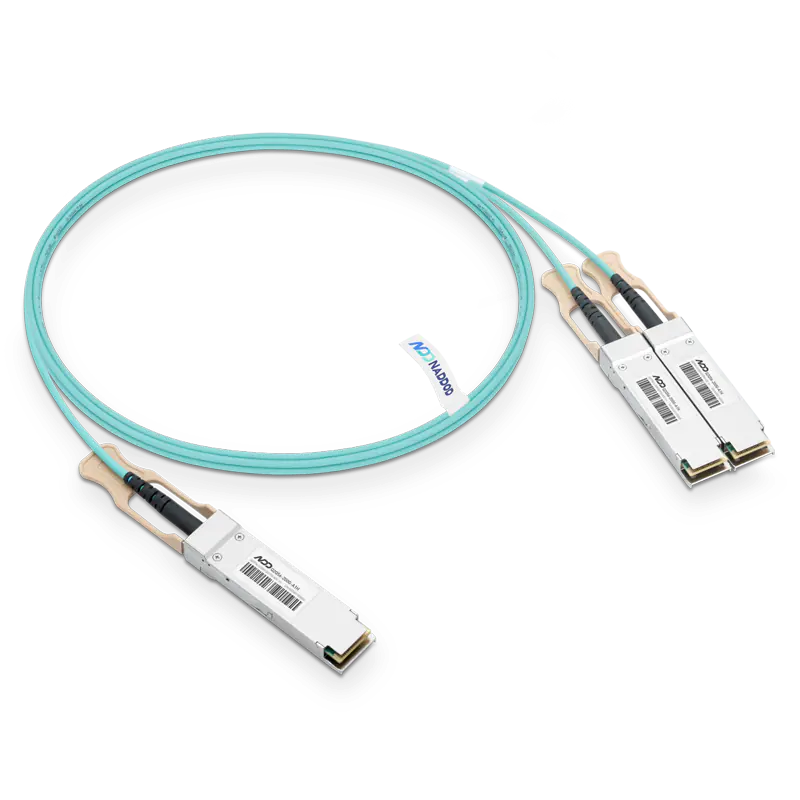Find the best fit for your network needs

share:
 800GBASE-2xSR4 OSFP PAM4 850nm 50m MMF Module
800GBASE-2xSR4 OSFP PAM4 850nm 50m MMF ModuleLearn More
Popular
- 1Ethernet: The Road to Singularity - Modernized RDMA
- 2Naddod 400G QSFP-DD SR4: Exclusive Design Empowering Data Center Interconnect
- 3NADDOD 400G/800G Optical Module Boosts AI Computing Power Acceleration
- 4The Key Role of High-quality Optical Transceivers in AI Networks
- 5Common Problems While Using Optical Transceivers in AI Clusters

















































